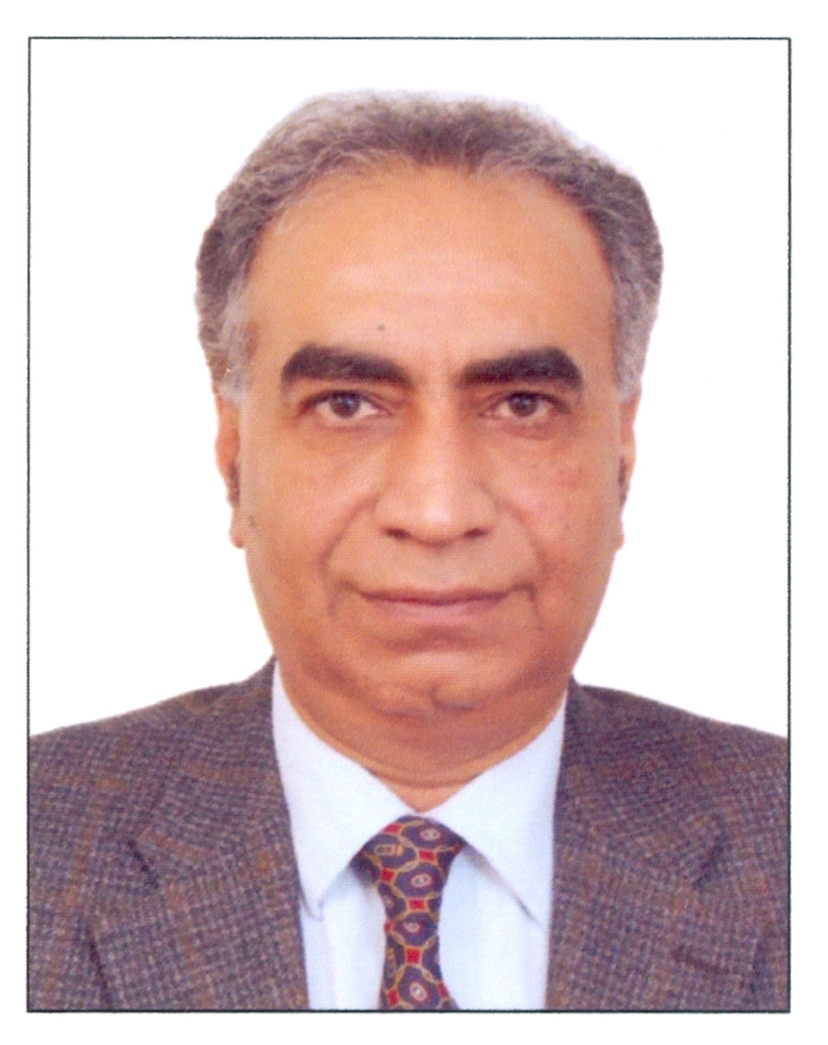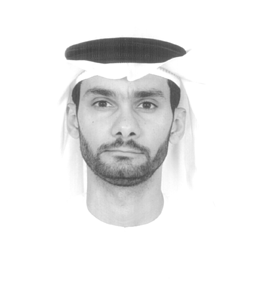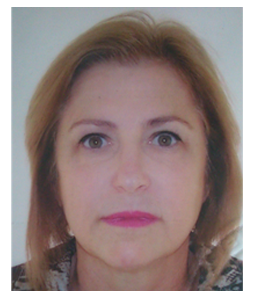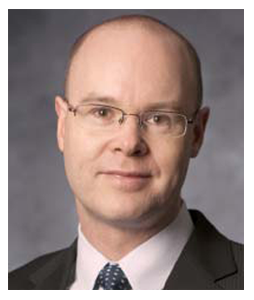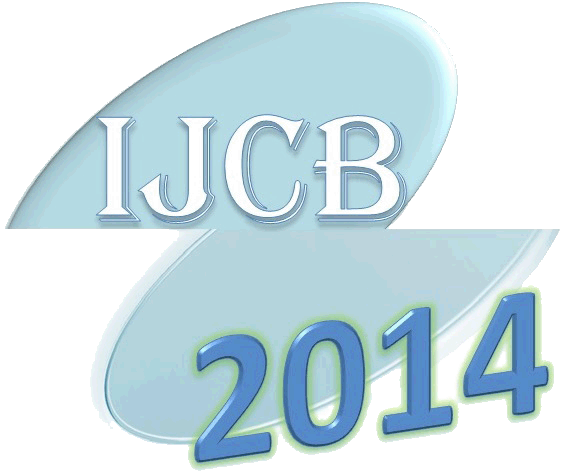
International Joint Conference on Biometrics
29 September - 2 October 2014, Clearwater, Florida, USA

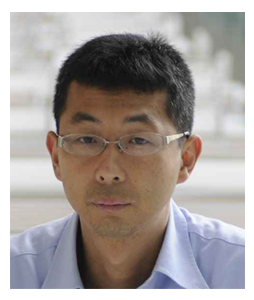
In recent years, the expectation of biometrics authentication has been heightened due to the increased viciousness of crimes and threats of terrorism. Face recognition has an advantage in that the system can recognize a person at a distance even if the person is not aware of it. The system is widely used, for example, in civil ID authentication, surveillance applications and criminal ID searches. Though its accuracy has improved considerably in these 20 years, it remains the most important issue with respect to the changing of individual faces and environment changes of captured faces. In this presentation, I will focus on the topic of face recognition accuracy. The image utilized in the face recognition system is mainly categorized into a controlled and an uncontrolled one. Controlled images are taken under a controlled situation like passport and driver’s license photos and mugshot images. The accuracy is comparably better than that of uncontrolled images. However it still remains a problem that false rejection rate increases rapidly in the range of low false acceptance rate compared to fingerprint and iris recognition. On the other hand, common examples of uncontrolled images are in a LFW database that is gathered from uploaded images on the web. The accuracy is not as high, but the accuracy has improved remarkably these past few years by using an algorithm based on deep learning techniques. In addition, I will talk about problems in real applications induced by face recognition accuracy.
Hitoshi Imaoka is a research fellow in Information and Media processing Laboratories, NEC Corporation. He received a Master and PhD degree in applied physics from Osaka University. He started up the R&D division at NEC in 1997. In 2002, he started working on the research of face recognition algorithm and holds currently a position as a leader of the face recognition R&D team. The algorithm he has developed evaluated the highest accuracy in the still face track of Multiple-Biometric Evaluation 2010 carried out by the National Institute of Standards and Technology (NIST). His research interests are biometrics and pattern recognition.
